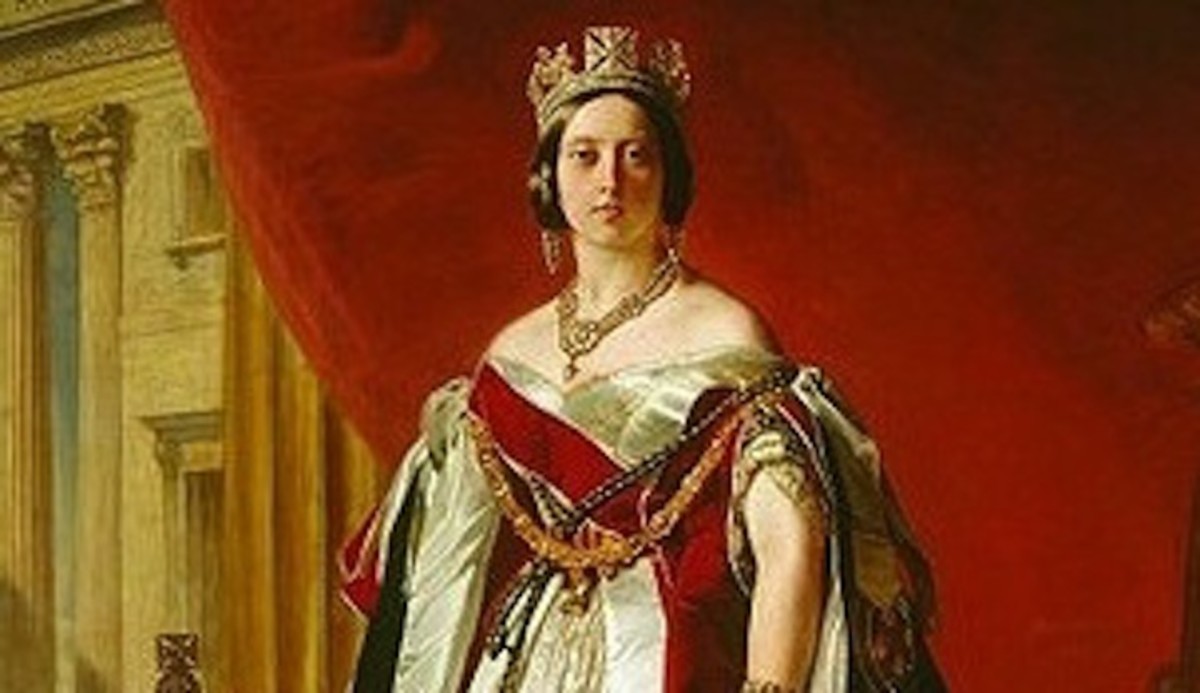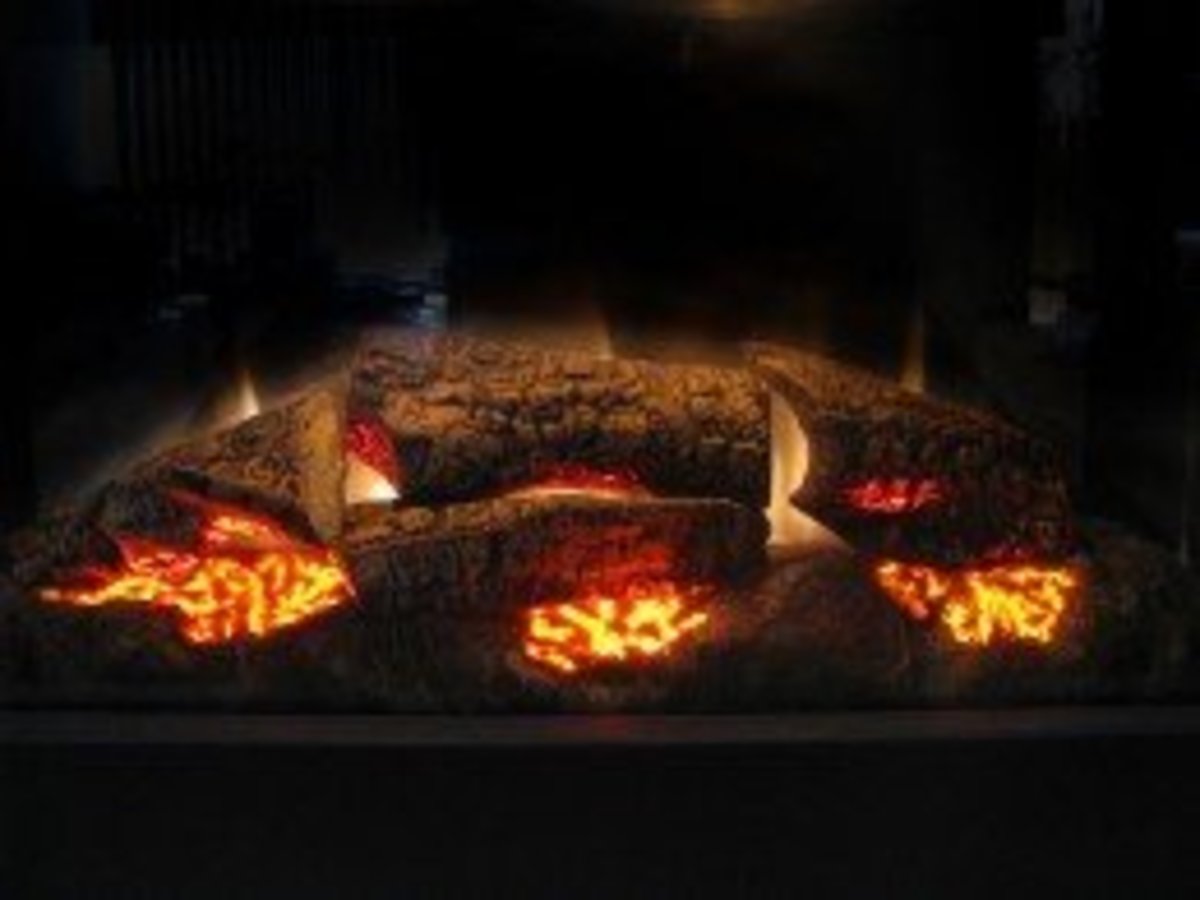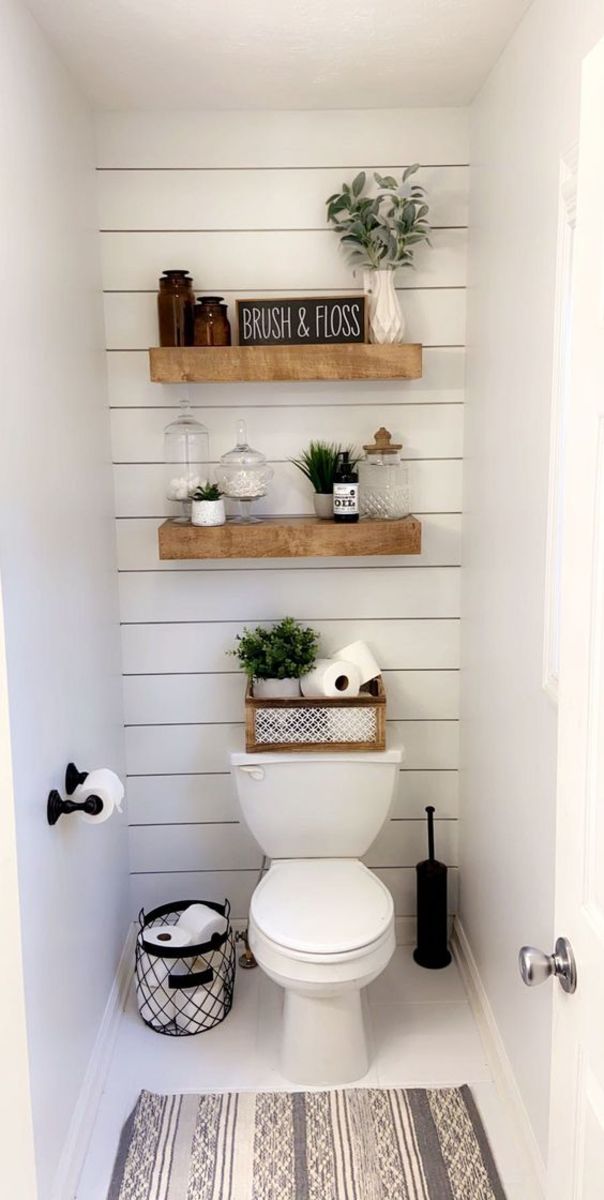Characteristics of a Victorian-Inspired Home
Interior design adds a lot of personality to a home. Although contemporary interior design is in, other classic styles of interiors are also worth considering. One such style is the Victorian design. For individuals who love ornate details that are far from the sleek linear appeal of modern interior design styles, this is the right style for you.
A Brief History of Victorian Interior Design
Victorian interior design began in the time of Queen Victoria which was why it was named after her. Back then, mass production was a hit and Victorian design allowed homes to have a luxurious design even while on a budget. The Victorian period was from 1837 to 1901, and this eclectic style was a combination of many styles since mass production allowed for a great surge of material availability for furnishing homes.
Some would even say that Victorian interiors are, in a sense, cluttered because of all the ornaments and bigger pieces of furniture used. Rooms back then were densely furnished, and for those who want a very cozy appeal, this is an interior design style that would fit your taste very well.
Victorian Colors and Ambient Lighting
Lighting plays a huge role in interior design, and Victorian-inspired interiors are no exception. Victorian interiors are known to make use of rich and dark colors that make these spaces have that regal ambience. The color palette of a Victorian home is actually quite sophisticated and makes use of tasteful tertiary colors rather than neutrals or dark primaries. Compared to gothic interior design, Victorian interiors have a bit more life and light to them because of the colors used. Some of the most commonly used colors include rich plums, ruby, burgundy, forest green, or even brighter emerald green.
In earlier Victorian homes, walls were usually lighter colored but the space was accentuated with darker shades. Deeper colors are used to emphasize the importance of a room and were usually seen in the master’s bedroom. More vibrant colors and bigger windows for natural lighting were commonly seen in the library and dining room. Today, these principles can still be used if you truly want a Victorian feel for your home.
If you examine Victorian colors, these are those that are rich yet warm. The colors play with neutrals like grey or perhaps cream colors, and the natural color of wooden furniture such as walnut and mahogany are visible as well. For accentuating pieces that give off a rich and luxurious feel, tertiary colors like aubergine, teal, and plum are also used. Gold is also used as a highlight for a grander effect. Warm, yellow lights amplify the warmth of these colors, and chandeliers along with standalone lamps are common lighting options.
Qualities of Victorian Furniture
When Victorian furniture pieces are examined, one may think of cushions and plumpness everywhere. Despite the prevalence of oak, mahogany, and other dark woods as the frames of furniture pieces, craftsmen found ways to build pieces that are plump and fitted with comfortable cushioning. Wood is the primary material used because of its abundance, and these are usually stained dark if they aren't naturally dark to begin with.
One of the most salient features of Victorian furniture is the detail given to each piece. These pieces are richly carved with ornate patterns that flourish on the surface of the furniture. They are also given high gloss for that sophisticated effect. Curlicues and swirls and floral carvings are commonly seen on pieces of furniture. The fabrics used are highly patterned as well, and it contributes to the explosion of visual texture that Victorian interiors have. Usually, furniture pieces that exude the Victorian feel have damask and velvet coverings for winter months, and there are also chintz and cotton ones for the hotter seasons.
These pieces are usually massive and fill great parts of room. Comfort plays a huge role in furniture selection especially for the higher class citizens, and because of this, large Victorian furniture pieces are to be expected in the homes of the richer people back then. Today, there are smaller and more manageable sizes of Victorian-inspired furniture pieces decorated with lace, tassels, and patterned fabric for that detailed look. These pieces—big and small—may result in a cluttered yet cozy-looking space, or when spaced out properly, may achieve a more sophisticated and romantic overall appearance.
Usual Kinds of Victorian Furniture
Victorian armchairs are made to be comfortable to sit in, even for extended periods of time. These pieces should have padded armrests, backs, and seats. Sofas are no exception, and they have plush cushioning and thick padding for maximum comfort. The frame is made with ornately carved wood, and these pieces are usually big and very heavy to move around compared to more modern pieces.
Since most of the attention for Victorian furniture pieces are given to those that are meant to give comfort, tables, with the exception of dining tables, can be smaller and made for different purposes. The table legs and armchair legs sport the ornate carvings typical of the Victorian look. Ottomans and footstools can also be used as accentuating pieces.
Functional furniture pieces like chests and drawers were also common back then, which is why Victorian-inspired homes of today can benefit from some drawers or a commode. Vertical cabinets that resemble filing cabinets are also good additions to Victorian homes.
Victorian beds can be considered as artworks. They have magnificently carved headboards and despite the lack of posters, they have a distinct appeal because of the carvings that cannot be seen in modern pieces. For a more modern touch and less solid look, metal frames combined with wood can also be used. Having a vanity with a carved frame can help complement a Victorian bedroom too.
Wall and Flooring Materials
Detail coordination is an important element in any interior design style. For Victorian interior design, minding the wall as well as the flooring helps achieve a more unified look. The walls are usually adorned with wallpaper in neutral colors—mostly cream-based ones. These are often patterned with floral designs to complement the patterned fabrics used on the furniture. Some houses even have ceramic tiles to adorn the walls.
Draperies are also common in Victorian-inspired homes and the most common fabric used for drapes is velvet for a luxurious effect. It works great in dimming the interiors to cast a more soulful feel inside the room. Drapes can be matched with the fabric used for furniture upholstery for maximum effect. In traditional Victorian homes back in the day, drapes were usually seen in the homes of richer families and these long swathes of fabric helped amplify the elegance of the rooms. Tasseled ropes are used to tie the draperies when light is being let into the rooms. These tasseled ropes are great examples of just how indulged in ornaments and details Victorian interior design is.
For the flooring, materials range from matting, parquet, tiles, and carpets. These flooring materials were the most common back then and can still be used for modern Victorian-inspired homes. Carpets and rugs are used to make rooms look and feel even more plush. They can be seen even on staircases.
Victorian interiors are highly detailed and filled with decorative pieces. For those who are looking for cozy and artsy interiors, considering a Victorian inspired home is a great idea. Try incorporating these elements to your home to achieve a Victorian ambience.





